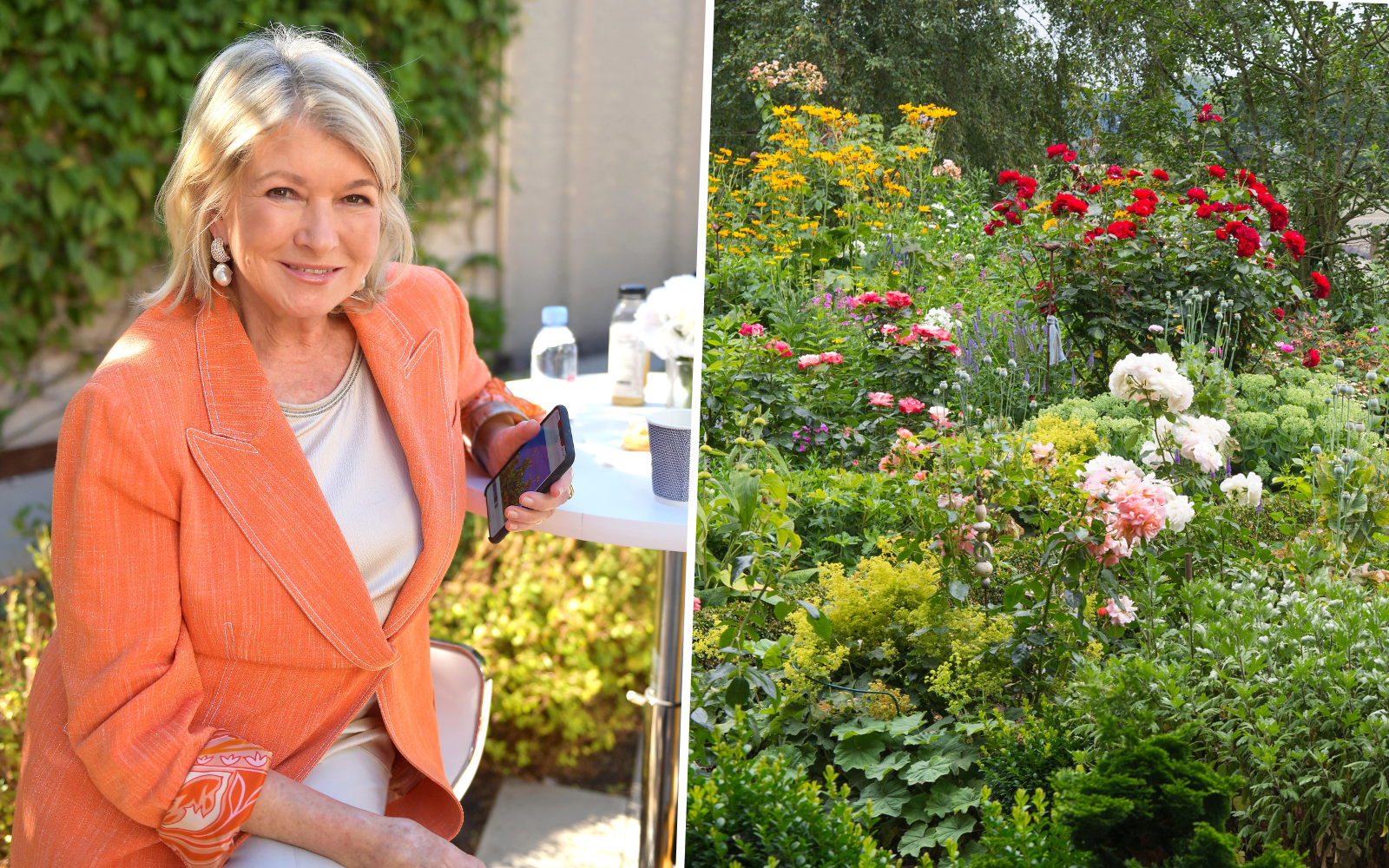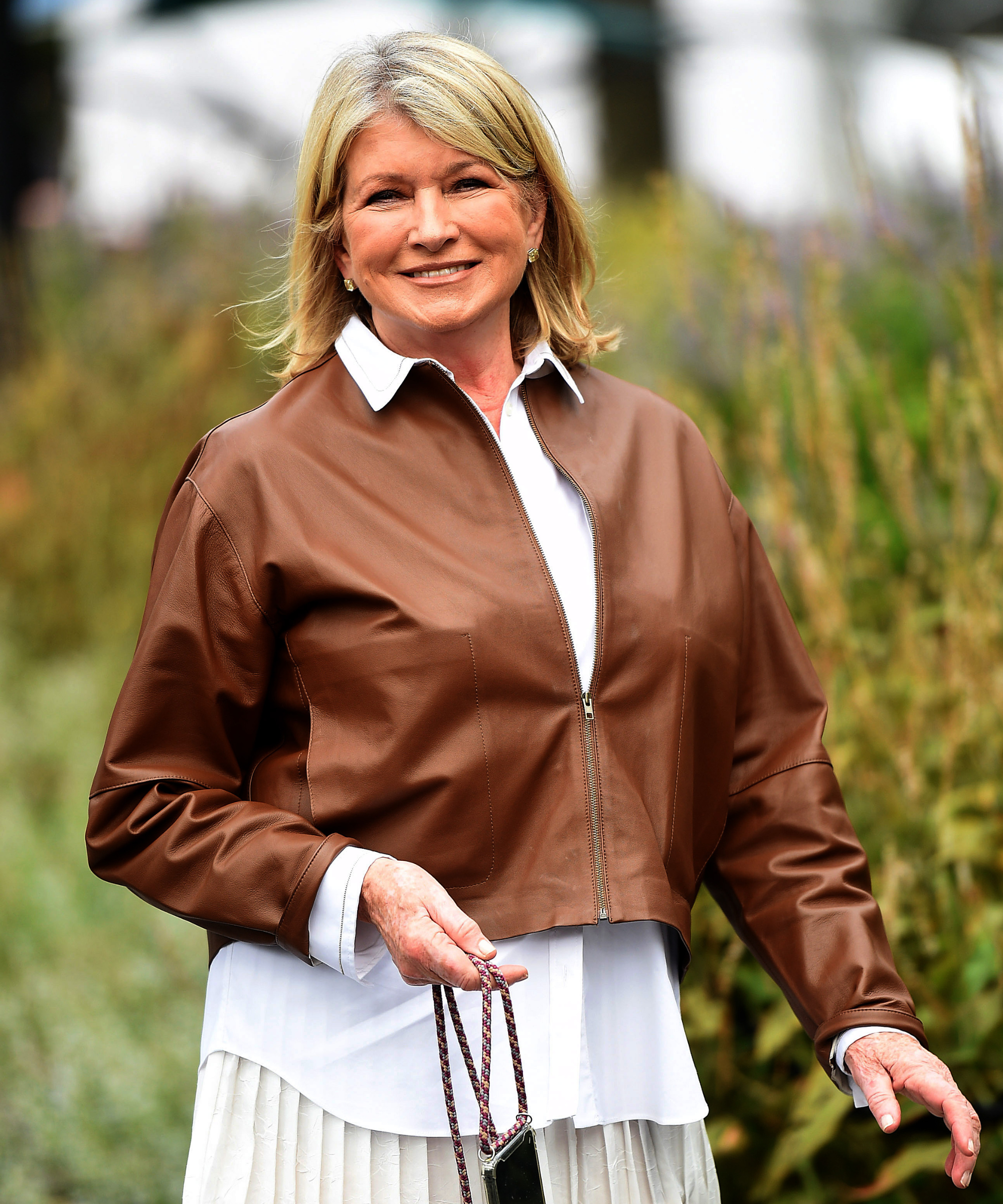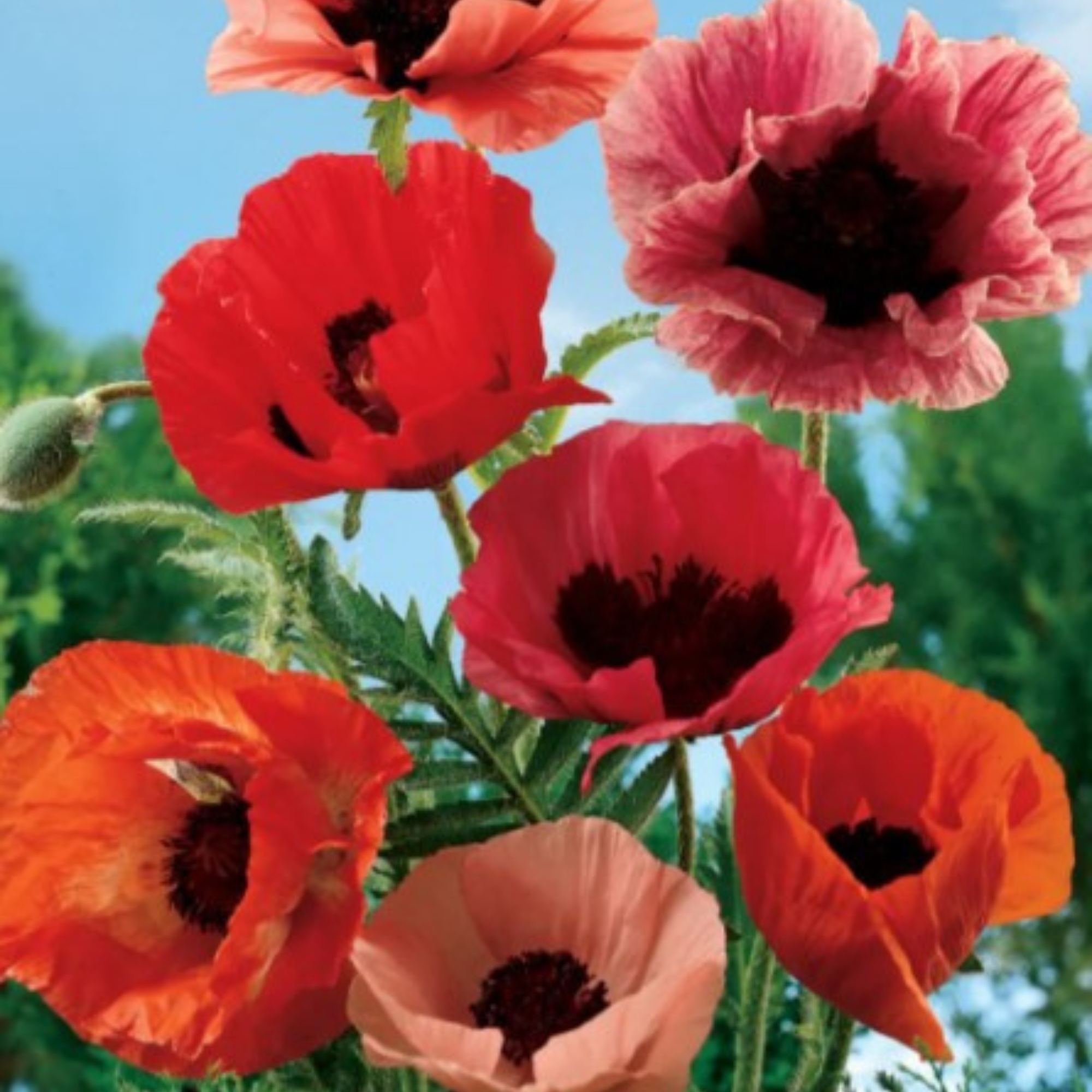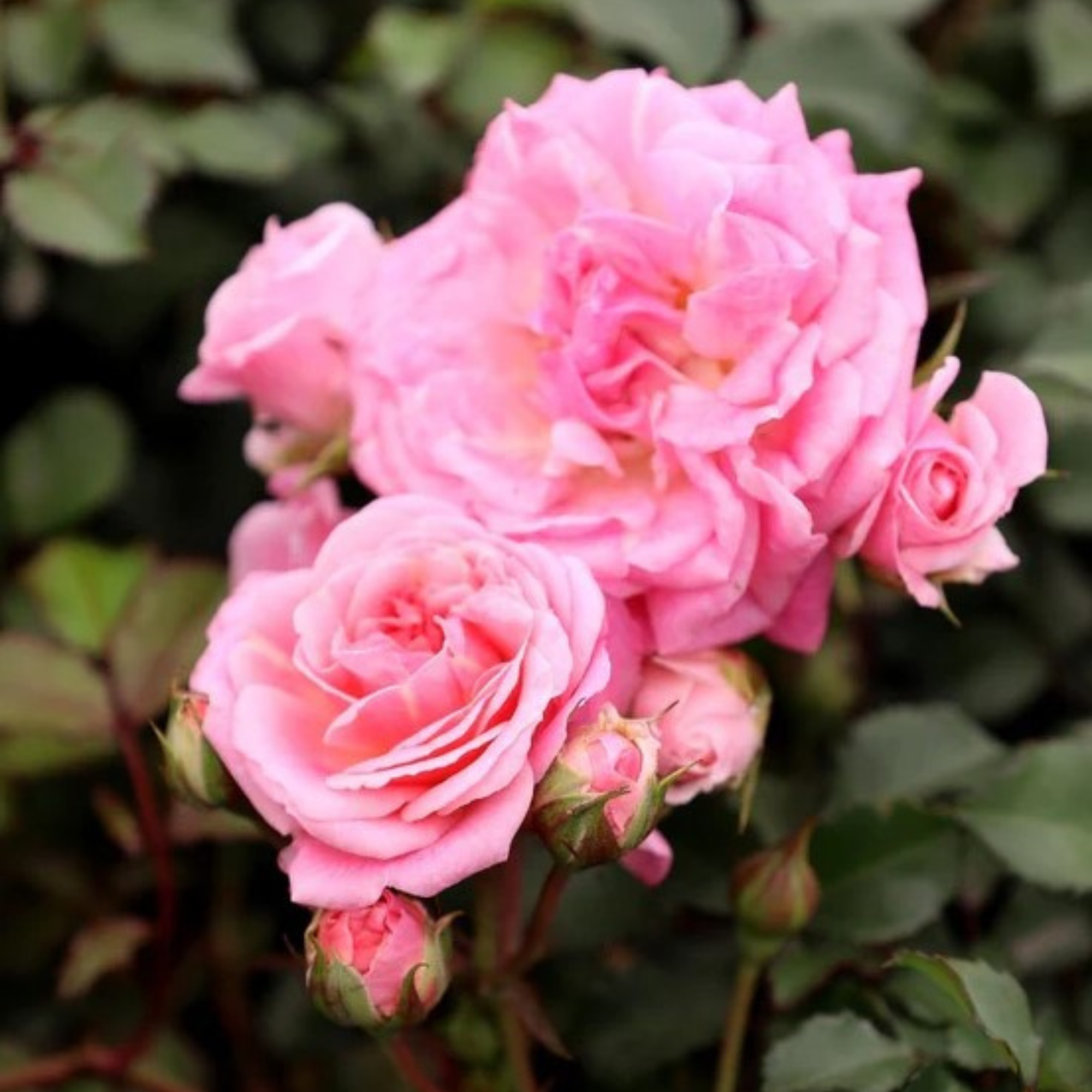Martha Stewart gives a 'chaotic' cottage garden masterclass – our garden expert explains how to plant yours
Complete with roses, alliums, lupins, and more – Martha's 'disorganized' garden encourages us to be a little more carefree this season


As one of the most influential figures in the homes and gardens industry, when Martha Stewart posts on social media, she can kickstart – or reboot – a trend all on her own.
Located in Bedford, New York, Martha's farm is the source of much of her – and our – inspiration for everything from color schemes to garden planning. And this week, she brings us both in one single post, sharing her 'chaotic' (her words) cottage garden.
'The farm is ablaze with color, complex in numbers of varieties, and utterly charming in a chaotic and disorganized way,' Martha says. 'The old roses have never been better, the wisteria did not forget to bloom, and the lupines have gone wild!'
Loving her ode to the traditional English garden? Us too, so we spoke to our gardening experts to find out how to recreate it.
A post shared by Martha Stewart (@marthastewart48)
A photo posted by on
How to recreate Martha Stewart's cottage garden – in any size yard
As Martha mentions, roses, wisteria (note: this one is banned in some states), and lupines feature somewhere amid the colorful chaos – but they're not all we spotted. Also seen in the 10 photos above are alliums, Sweet William, and poppies – all of which create an eclectic, maximalist garden that embraces 'wild' planting.
Alongside its aesthetic qualities, this floral wildlife-friendly garden comes with eco-friendly benefits – creating valuable shelter, habitats, food, and water for pollinators and local animals through its imperfections.
So, how can we create our own? H&G's resident garden expert, Drew Swainston, recommends beginning by mixing perennials, annuals, and bulbs together.
Design expertise in your inbox – from inspiring decorating ideas and beautiful celebrity homes to practical gardening advice and shopping round-ups.
'It's a fantastic way to give your backyard interest throughout the year,' Drew says. 'Don't be afraid to allow annuals, like poppies, to self-seed throughout the garden; you can remove them as seedlings in some areas quickly and leave them to bloom in others.'

Drew qualified as a journalist before studying for a horticulture qualification, after which he worked as a professional gardener for several years, specializing in kitchen gardening. He's now bringing his expertise and passion to Homes & Gardens as a member of our team.

We love how Martha has embraced disorganization in her garden – but it is possible to practise more maintenance in your own space.
'If you would prefer some control, you can always remove the heads to collect the seeds to sow for next year,' Drews suggests. 'While poppies look stunning in bloom, their seed heads can also be elegant and structural if left in the border – or you can take the stem and seed head to dry and use them in arrangements.'
We're picking up our poppy seeds, as well as more Martha-inspired picks below.

Containing 750 seeds, these seeds will fill your cottage garden with deep rich red flowers, just like Martha's. They practically grow themselves, meaning maintenance is a breeze.

These blushing Sweet Drift Rose bushes create a blanket of beautiful blooms and glossy foliage – making a timeless statement in any sized cottage garden.

We recommend this Allium Millennium which is more heat resistant than other varieties – making it a great choice for southern gardeners (for those planting beyond New York).
When it comes to maintaining our gardens, the process is equally as simple. 'All plants in beds or borders will benefit from a good mulch of compost or well-rotted organic matter in the spring,' Drew continues. 'This will give them access to more nutrients to help them grow big and strong, and it also boosts the soil's moisture-retaining ability.'
Meanwhile, when it comes to achieving roses as healthy as Martha's, Drew suggests applying a layer of mulch (around two inches thick) this springtime. 'They will benefit from all those valuable nutrients to help them put on a stunning display of blooms.'

Megan is the Head of Celebrity Style News at Homes & Gardens, where she leads the celebrity/ news team. She has a history in interior design, travel, and news journalism, having lived and worked in New York, Paris, and, currently, London. Megan has bylines in Livingetc, The Telegraph, and IRK Magazine, and has interviewed the likes of Drew Barrymore, Ayesha Curry, Michelle Keegan, and Tan France, among others. She lives in a London apartment with her antique typewriter and an eclectic espresso cup collection, and dreams of a Kelly Wearstler-designed home.